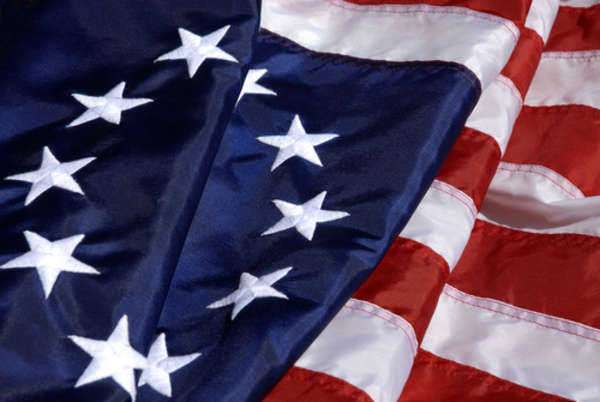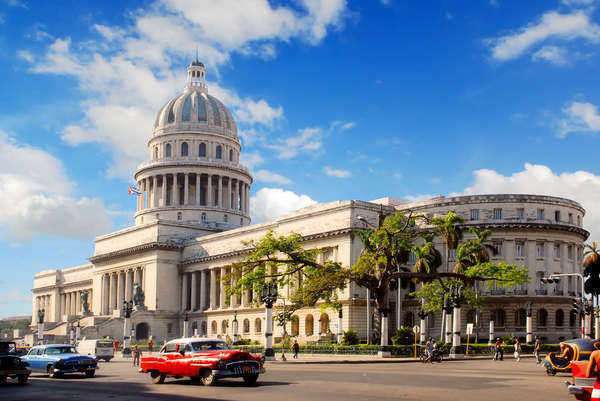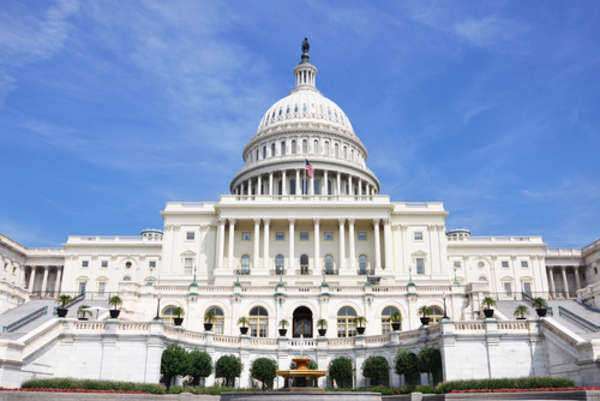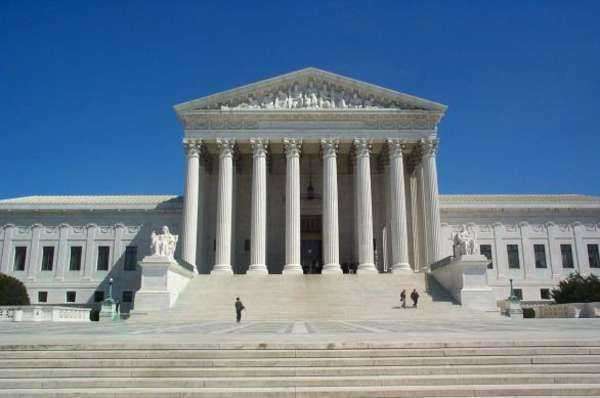Understanding the Congress of the Confederation

The Congress of the Confederation, also known as the Continental Congress, was the governing body of the United States from 1776 to 1789 during the American Revolution and the early years of the country’s history. The Congress was responsible for guiding the country through a period of political turmoil and economic instability as it struggled to establish a new government and forge a national identity.
What was the Congress of the Confederation?
The Congress of the Confederation was established on July 4, 1776, with the signing of the Declaration of Independence. It was a unicameral legislative body made up of delegates from the 13 original states. The Congress was responsible for declaring war, conducting foreign policy, and managing disputes between the states. However, it had limited powers and no executive or judicial branches.
The Articles of Confederation:
The Articles of Confederation were the nation’s first constitution and served as the governing document of the Congress of the Confederation. The Articles established a loose confederation of states and granted the Congress limited powers, including the ability to establish post offices, negotiate treaties, and regulate trade. However, the Congress had no power to levy taxes or raise an army, which severely limited its ability to effectively govern the country.
Challenges Faced by the Congress:
The Congress was faced with many challenges during its brief existence. The country was deeply divided between Federalists, who supported a strong central government, and Anti-Federalists, who favored a weaker government with more power given to the states. The Congress struggled to find ways to manage the country’s debts and pay for the cost of the Revolutionary War.
The Congress also faced challenges with foreign relations, as the new country was largely isolated from world affairs. Additionally, the government was plagued by a lack of funding, which made it difficult to properly compensate soldiers for their service during the war.
The End of the Congress:
The Congress of the Confederation ultimately came to an end in 1789, with the ratification of the United States Constitution. The new Constitution established a stronger, more centralized government with three branches: the legislative, executive, and judicial. The new government was designed to be more effective in meeting the challenges faced by the country, and provided a stable framework for the nation’s continued growth and development.
In conclusion, the Congress of the Confederation played a crucial role in the early history of the United States. Despite facing many challenges, the Congress managed to guide the country through a difficult period, as it struggled to establish a new government and forge a national identity. The experience of the Congress of the Confederation helped to shape the principles that would later become enshrined in the United States Constitution, and paved the way for the strong, effective government that exists today.
Article I, Section I of the United States Constitution allows for the creation of the Legislative Branch. The Constitution states that this branch shall be comprised of a bicameral legislature, to be named the Congress.
Each body, or House, provides for a system of representation for the States at the Federal level. Congress is to be divided into the Senate and the House of Representatives. The implementation of a bicameral system would be a deviation of prior precedence established by the Articles of Confederation, which employed a unicameral system for State representation.
The articles of Confederation would become the law of the land and would be implemented in 1781. Under this body of laws, the United States implemented a unicameral legislature known as the Congress of the Confederation. The main purpose behind the adoption of the system was that the framers of the Articles of Confederation had a legitimate concern of creating a body of government with centralized power. They believed that if too much authority could be given to a centralized body of government, the possibility for despotism and a tyrannical government would be too great. Therefore, the Congress of the Confederation would be the only branch of government in place, with no executive and judicial branches instituted. Congress was given minimal power, with most of the authority being diverted to the States.
The unicameral Congress gave representation to all the states on an equal level, while also allowing the states to have the power to veto most decisions determined by the Congress of Confederation. The only powers the Congress of Confederation had were to regulate foreign and military affairs. Furthermore, Congress at the time had no real power over the States, for they were considered sovereign entities. This meant that Congressional decisions could ultimately be ignored by the States. Eventually, the ineffectiveness of this type of Federal Government would become more than obvious, for economic disputes between the states would erupt due to the lack of uniformity and cohesive legislation.
This would eventually lead to the Congress of the Confederation to meet on theConvention of 1787, which was called for the purpose of revising and amending the Articles of Confederation. It would be James Madison that would first propose the concept of a bicameral Congress. His plan called for a Lower House to be elected directly by the people, while the Upper House would be elected by the Lower House. However, representatives of smaller states would argue in favor of maintaining a unilateral legislature for it provided for equal representation among the states.
Eventually, the two proposed types of the legislature would be combined in a compromise. The House of Representatives, or the Lower House, would provide State representation in proportion to the population of a given State. The Senate would maintain an equal representation of the states. Senators would be elected by State legislatures and the Representatives would be directly elected by the people.
The Convention of 1787 would eventually result in the drafting of the United States Constitution, in which the new bicameral legislature would be implemented. Under the new Constitution, Congress would not have more powers so as to provide for a stronger Federal Government. It would dissolve some of the problems under the Articles of Confederation and it would still maintain the sovereignty of the states by delegating specific powers to other issues. Furthermore, a bicameral Congress would provide an internal system of checks in balances in the newly implemented Legislative Branch by delegating certain duties and responsibilities to each House so as to not centralize all the power into one holistic faction.
















